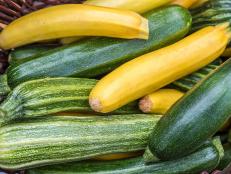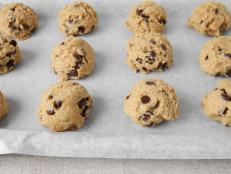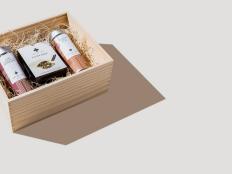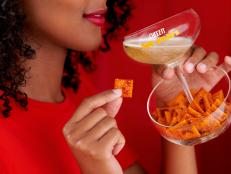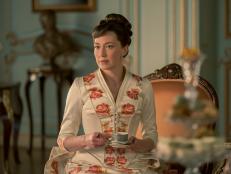High Tea and Afternoon Tea Are Not the Same Thing

We Americans are notoriously clueless about the finer points of English tea. Just ask British royal biographer Hugo Vicker, who once struggled to school Stephen Colbert in proper tea-drinking etiquette — to memorably hilarious effect.
Trusting, perhaps, that the rest of us are slightly better students than the hysterically hapless Mr. Colbert, NPR’s The Salt blog tells us how to tell our high tea from our afternoon tea from our elevenses, as well as what, exactly, we should do with our pinkies when we sip our tea. (Tuck them in! Sticking them out is not proper; it’s pretentious.)
Here’s the deal:
Elevenses: This late-morning work break (analogous, perhaps, to our morning coffee break here in the States) generally occurs at 11 a.m. (thus the name) and involves hot tea or coffee and a light snack, like a muffin, scone or biscuit. Even though the tradition probably didn’t start until sometime in the 20th century, elevenses is now considered an essential element of British culture.
Afternoon tea: When we think about a deluxe British tea with all the fancy fixings, this is probably what we’re thinking of. Afternoon tea traces its social-event origins to the 1830s or 1840s, The Salt reports, citing Bruce Richardson’s book A Social History of Tea. It is believed that a duchess named Anna Maria Russell sparked the trend because she grew hungry between the light noon lunch traditionally enjoyed by well-heeled Brits and dinner, which wasn’t usually served until at least 7:30 p.m. She began to take tea and a snack to get her through the long afternoon and was soon joined by her friends, who then spread the habit throughout the aristocracy. Sometimes called “low tea” because it was enjoyed while sitting in low-slung armchairs, afternoon tea has never been a lowly affair.
Today, afternoon tea, generally served around 3 or 4 p.m., features finger sandwiches (no crusts, please) and delicate scones, cakes, macaroons and treats — in addition, of course, to tea. But you shouldn’t scarf them down too enthusiastically. Manners are important in afternoon tea: Show restraint, put your napkin on your lap, and stir your tea gently — no splashing, clinking or licking your fingers, please. (Heaven forefend!)
High tea: Contrary to the haughty images stirred by its lofty moniker, high tea is actually a lot more relaxed than afternoon tea. (The “high” part probably refers to the fact that one traditionally enjoys it while seated at an actual dinner table, rather than on a low armchair or couch.) Its origins can be found in the lower classes, who compensated for the lack of a lunch break in their workdays by taking tea — along with cold cuts, cheeses, pies and hearty hot dishes — immediately after work. Today, high tea is generally taken between 5 p.m. and 7 p.m.
And there it is. Now you can take tea with the creme de la creme. But remember — no clinking!
Photo courtesy of iStock























